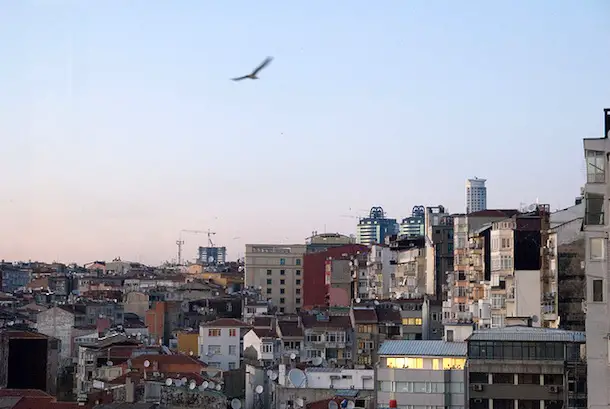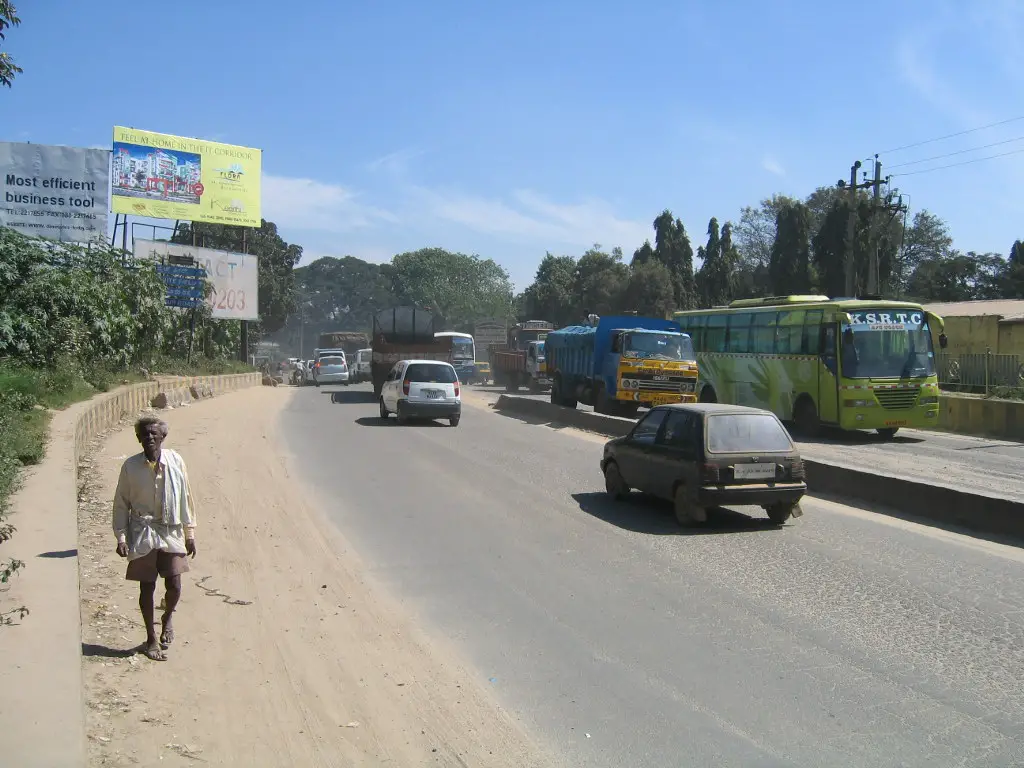Unlocking Future Bicycle Networks with the World’s First Crowdsourced Bicycle Map
In 2011 I conducted a bicycle route options analysis in Australia for a public sector client. My client thought the number of options would be limited and I agreed that the topography, traffic volumes and visibility at intersections were not perceived as the most amenable for cycling, especially for less-confident bicycle riders. Our team, fearless, enthusiastic, and novice bicycle riders, set out and cycled every street in the study area. We colour-coded each street based on our cycling experience and using five assessment criteria, discovered that there many more options than everyone had first anticipated. Our client was thrilled with our tactical experimentation, but unfortunately our ‘paper’ colour coded map had limited usage. When I was approached to produce an “Out in the City” project in Berlin for the BMW Guggenheim Lab I leapt at the opportunity to experiment with bicycle maps.
The Dynamic Connections Map is a world-first experiment to crowd-sourced (process that involves outsourcing tasks to a distributed group of people) and crowd-solving (large number of people solving problems) cycling using an interactive map based in the city of Berlin. While traditional mapping efforts show current conditions and what type of bicycle infrastructure is located on given roads, the Dynamic Connections Map allows confident, regular and potential bicycle riders to assess the current Berlin biking network, rate streets on how cycle friendly they are and, as a result of data processing, unlock a potential future cycle network.
The Dynamic Connections Map allows anyone and everyone to rate different Berlin streets on how acceptable and safe they are for cycling by answering, in less than three minutes, five simple questions. Firstly, and to ensure the survey is completed by a wide-cross-section of the community, participants are asked what type of bicyclist they are. The survey has four types of bicycle rider: ‘confident’ cyclists who are highly experienced riding on the road with the traffic and who seek out the fastest and most direct route; ‘regular’ bicycle riders who choose to cycle on dedicated bike paths or bike tracks; ‘potential’ bicycle riders who are interested in cycling but who are concerned about safety and traffic volumes; and people who don’t cycle and who are not currently interested in riding a bicycle.

Participants are asked to select a road or street by clicking on the Google-based map provided. The following two questions ask the respondent if they think the traffic volumes, vehicle speeds, number of parked cars, visibility at intersections and topography on the selected road/street are ‘bicycle friendly’ and if the road/street selected provides good access to a large number of destinations, for example, schools and workplaces. The final two questions ask participants if they feel safe, neutral or stressed when cycling through intersections and when riding a bike on the selected street. The information collected is processed using an algorithm that designates each street to be either bicycle-friendly (green) or unfriendly (red). Participants, planners, policy makers and people simply interested in cycling can filter the data to meet their own personal needs, for example streets with safe intersections.
This project excites me because people, everyone and anyone – not just engineers, are auditing existing bike networks. They are assessing existing streets that don’t have facilities, and effectively creating a map as a community, of which streets are safest for bicycling. And, as Christine McLaren, the BMW Guggenheim Lab blogger, wrote “Perhaps the most glaring shortcoming of all bike maps is that they fail to recognise that even if the “official” routes are the best option (which they often aren’t), every now and then we need to leave the official network of cycling infrastructure in order to get to the places we need to go. We don’t just need information about bike routes, we need information about every route”.
I created the Dynamic Connections Map as part of the BMW Guggenheim Lab in collaboration with John Schimmel, an Adjunct Professor at NYU and designer and developer of technology for people with disabilities, and Dave Dawson, a graphic and digital designer. Dynamic Connections is currently only available in Berlin and the map and supporting processes are still in early exploratory phases. We would like to add crash data, a comments form and discussion forum, with a view to eventually opening the map for use in any city or town in any part of the world.


